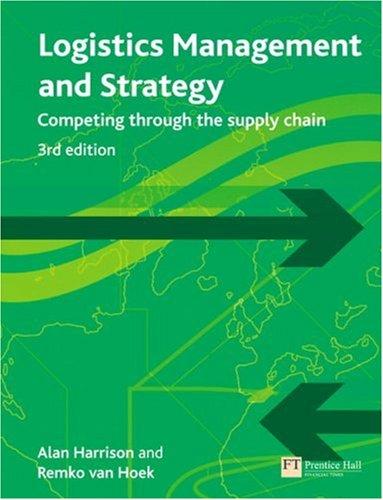4 Refer back to Figure 2.1 in Chapter 2: it shows a Pareto curve for the sales...
Question:
4 Refer back to Figure 2.1 in Chapter 2: it shows a Pareto curve for the sales per sku of a book stockist. A small number of ‘hot sellers’ constitute most of the sales, while there is a lengthy tail of slow-selling lines and new introductions. The operations people are pressing for the ‘tail’ to be chopped in half, arguing that it adds cost, not value, to the business. They argue that each order is taken at fixed cost, regardless of size. Sales order processing and pick and dispatch from the warehouse are examples of such fixed costs.
‘Instead, we should focus on the core of the business: 90 per cent of our business comes from just 10 per cent of the titles,’ the operations director argues. ‘We could chop our costs in half and only lose 5–7 per cent of the business. Think of the effect on margin!’
Sales, on the other hand, are reluctant to give up any of the titles, arguing that it is customer choice that drives the business. ‘We have built up this business on the strength of our product range,’ the sales director argues. ‘Retailers come to us because we are a one-stop shop. If we haven’t got it in stock, we get it.’ Explain the above in terms of a lean versus agile debate, using the concepts of order winners and qualifiers.
Step by Step Answer:

Logistics Management And Strategy Competing Through The Supply Chain
ISBN: 9780273712763
3rd Edition
Authors: Alan Harrison, Remko Van Hoek






